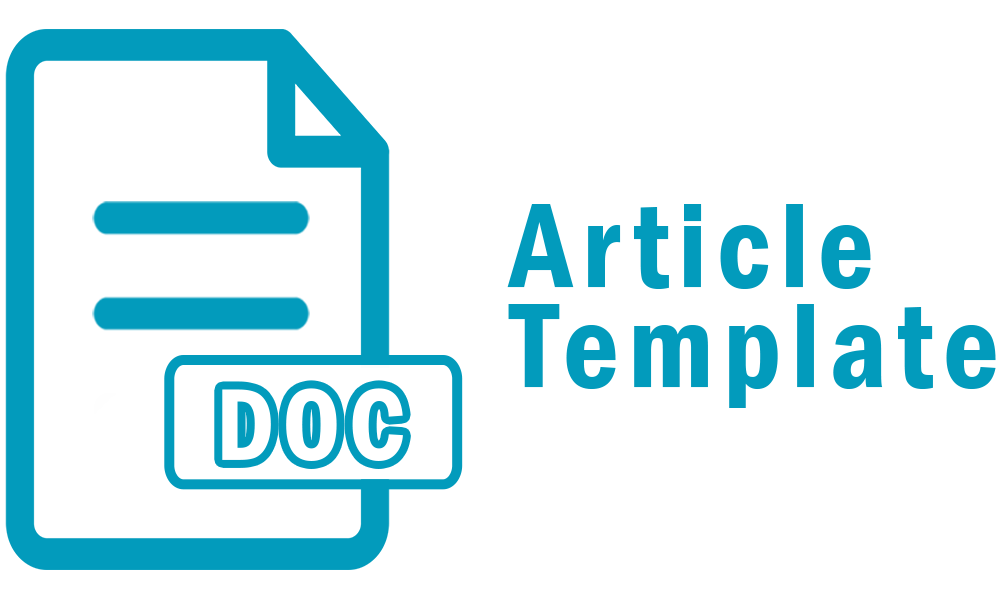ANALYSIS OF PACKAGING PRINT QUALITY WITH CTF AND CTCP PLATE MAKING SYSTEMS USING DUPLEX PAPER MATERIALS
DOI:
https://doi.org/10.46961/kreator.v8i1.308Abstract
Comparative analysis of packaging print quality was carried out on the printed output with reference to using Computer to Film (CtF) and Computer to Conventional Plate (CtCP). The comparison of the print results from the two systems is analyzed from cost, durability, and dot gain. In this analysis, 400 gram duplex paper was used and two types of print references were used, namely CtF and CtCP. The pre-printing equipment used is the manufacture of conventional printing plates and plates. What is achieved when observing is comparing two print references with the help of a quality control (QC) tool. Before comparing the two print references, direct printing is done with the two print references, using an offset machine. The differences that exist in CtF and CtCP are caused by different irradiation processes. CtF goes through two irradiation processes while CtCP is in the irradiation process using only lasers. The irradiation process using a laser is uneven and makes the plate not get a raster (neat) result. This process is very influential with the result of the trigger. CtF goes through an iterative process but the results appear better than CtCP.
Keywords— Print packaging, Duplex, CtF, CtCp
Downloads
Published
How to Cite
Issue
Section
Citation Check
License
Authors who publish with Kreator agree to the following terms:
- For all articles published in the Kreator, copyright is retained by the authors. Authors give permission to the publisher to announce the work with conditions. When the manuscript is accepted for publication, the authors agree to the automatic transfer of non-exclusive publishing rights to the publisher.
- Authors retain copyright and grant the journal right of first publication with the work simultaneously licensed under a Creative Commons Attribution-ShareAlike 4.0 International License that allows others to share the work with an acknowledgment of the work's authorship and initial publication in this journal.
- Authors are able to enter into separate, additional contractual arrangements for the non-exclusive distribution of the journal's published version of the work (e.g., post it to an institutional repository or publish it in a book), with an acknowledgment of its initial publication in this journal.
- Authors are permitted and encouraged to post their work online (e.g., in institutional repositories or on their website) prior to and during the submission process, as it can lead to productive exchanges, as well as earlier and greater citation of published work (See The Effect of Open Access).











